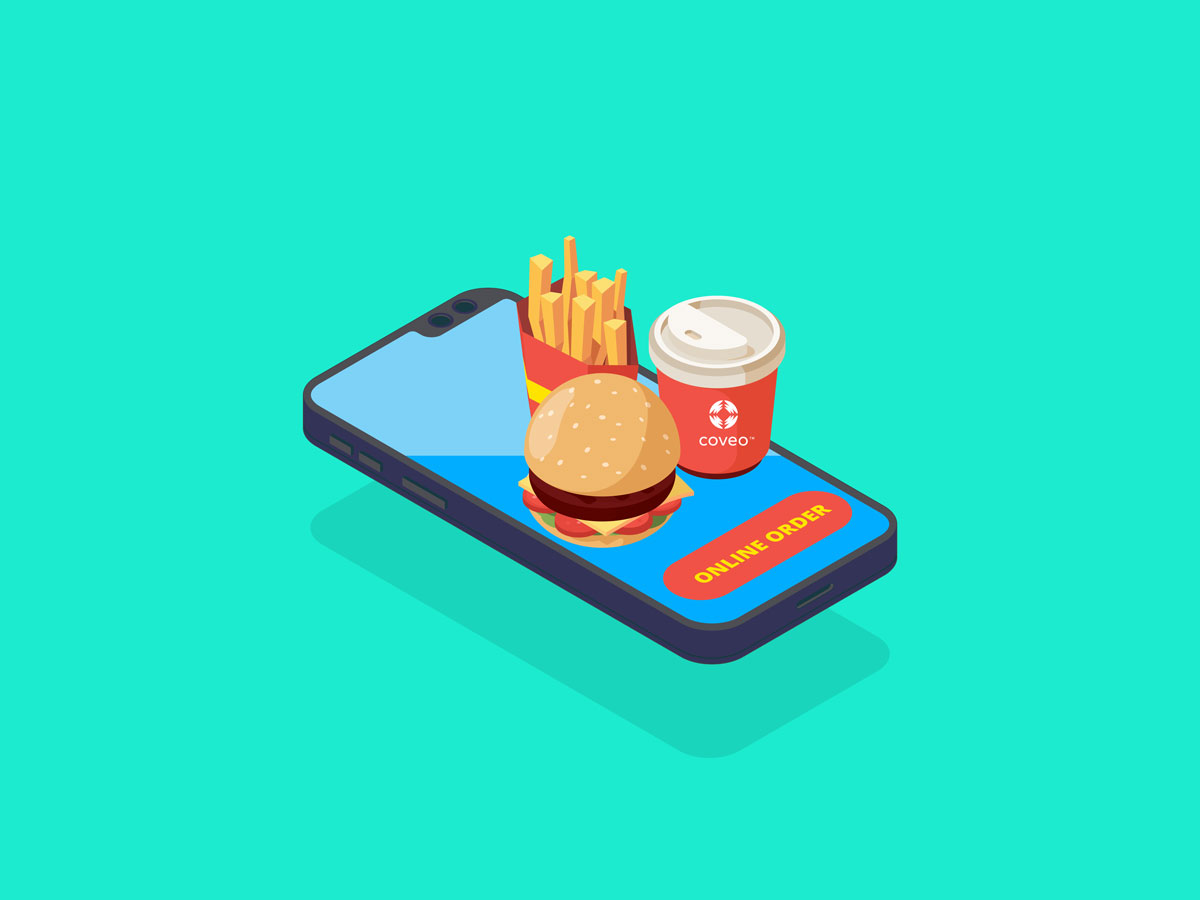If the last few years have taught me anything, it’s get away from the comfort of my desk. Go outdoors as much as possible, travel, listen to your heart (and your impulses) . . . and never forget your phone.
In my home/work sanctuary, I have learned how much my phone offers a superior digital convenience to me. The use of it — or inability to use it — becomes a deciding factor for me.
I order Friday night dinner delivery while traveling in a taxi. Or buy cat food when playing tennis with a friend. Or check on the support ticket for my paper magazine subscription while waiting in line for my morning coffee. (I haven’t received a paperback issue and won’t let it slip!)

In short, I’ve developed a taste for digital convenience, so now my phone is my best friend. I like easy access to mobile digital experiences. It feels like a super power, an extension of me that lets me achieve my goals fast. And I’m not alone!
Mobile digital experiences are fast becoming a staple in everyone’s lives. Yet not all businesses seem to be clued into that. From subpar mobile site performance to poor mobile site search, a basic digital experience doesn’t cut it anymore.
Companies are grappling with relevancy, especially as we close in on tough economic times. The digital convenience factor has to make its way to the top of the CIO’s mind.
What Is Digital Convenience?
The NPD Group noted that customers are “always looking for the next level of convenience, like not getting out of the car, delivery and drive-thru orders have taken hold, making carry-out the less convenient service mode.”
As my examples above show, it’s not just food: everything in life is looked at through this lens of convenience. And with people on the go, or multitasking, the conduit to all these services and products is their mobile phone.
In my remote job, I specialize in building a product that helps customers realize and scale digital transformation. As a result I have peeked behind the curtain of many companies who say they are customer-centric. Yet their mobile offerings make me worried about the companies’ longevity.
Do they know how much convenience is a competitive advantage for them? And do they realize how much they’re lacking?
When you deal with the public, you can’t just say “your baby is ugly.” So I came up with a quiz to help raise awareness that maybe things aren’t quite up to snuff.
Digital Convenience Factor Quiz
- How many clicks does it take your customers to find an answer they are looking for?
- How do you detect the intent of the user journey on an anonymous digital property?
- Can your customers find things if they don’t know the exact phrase?
- Does your search bar offer type-ahead or drop down-menus to help customers specify their query?
- Do you support natural language search?
- Can you do all of the above from a mobile phone?
- How thoughtful is your UI/UX on a mobile screen? (Alternatively, is the ratio of web/mobile traffic proportional to the UX/UI work you invest in for web and mobile?)
The answer to all of these questions is simple.
If you’ve never thought about any of the points and have no ability to track digital experience convenience, you run the risk of losing a vital audience, creating journey friction, and aggravating customer frustration. Act on changes fast!
Now, here’s the next big question: where do you start to craft digital convenience experience for your mobile search?
How to Craft a Digital Convenience Experience?
Here is how I work with enterprises and their digital properties to create a solution. It is already difficult to achieve a perfect balance between complex customer demands and infrastructure scalability.
Starting with your site search engine is the perfect solution to bringing content teams together into one unified search platform. Then deliver this content via web or mobile to your audiences, all with unique needs, intents, locations (hint: Location-Aware Search). A mobile site search engine, in this case, points to specific content and feeds back analytics to better understand your audience, your mobile app or mobile site behavior, and your content consumption.
To achieve this performance, Coveo customers use Coveo Headless and Atomic libraries to deliver search results and recommendations at lightning speed. Developed and maintained by Coveo for the developer community, they are 10 times faster than the classic JavaScript search UI library.

Does Coveo Headless ring a bell? No surprise that a part of having a strong mobile strategy is having a headless infrastructure is a part of having a strong mobile strategy.
Another trend is moving from a web browser window and building an entirely different experience on a native mobile app. Whether using React Native, building for Android or iOS, mobile apps unlock unparalleled performance and grant full control of the experience in the app.
Cross-device search engine is the unifying thread for digital experiences. Coveo-driven experience can be configured for any journey and any device using the same Administration Console, even if beyond the scenes web and mobile utilize completely different technologies and are done by completely different teams.
Whether your customer buys cat food while playing a tennis match on a Sunday afternoon, or resolves her paid subscription issue while ordering a latte, mobile site search engines deliver on the digital convenience promise for the generations that seize the moment.
Dig Deeper
Mobile is one of many channels you should maintain. So, when it comes to offering an omnichannel experience, choose a platform that supports your endeavor.
Learn how Hackensack Meridian Health leveraged Coveo to achieve just that.


